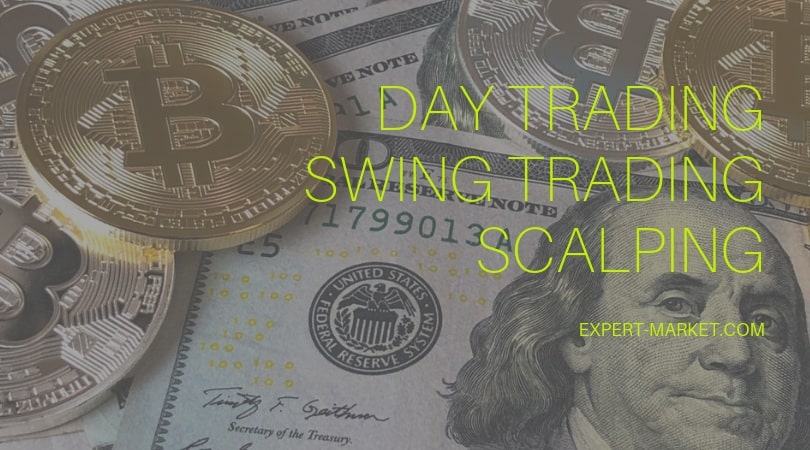Are you considering trading Contracts for Difference (CFDs) with Jones Mutual? If so, here are a number of the more popular CFD trading strategies that you can use to trade CFDs successfully on the global financial markets.
What are CFDs?
Before we look at different CFD trading strategies, let’s take a quick look at a succinct definition of a Contract for Difference to ensure that we have a comprehensive understanding of the term and the role it plays when trading on the world’s financial markets.
In summary, a CFD is a legal contract between two parties, in our case the trader and the broker, that allows the trader to speculate on the price movements of an underlying asset without having to outlay the cash to purchase large amounts of the asset. A CFD is also known as a derivative product, and traders that use this trading instrument trades on margin or leverage.
Related article: Difference Between CFD Trading and Spread Betting
Furthermore, a CFD is a financial trading instrument where the linked asset’s opening and closing prices are specified before the trade is opened. Depending on the outcome of the trade, either the broker owes the trader the difference between the contract’s opening and closing prices (a successful trade) or vice versa (a losing trade).
CFD trading strategies
Day trading
Day trading is a short-term trading strategy. And, the essential element of day trading is that trading positions need to be opened and closed within a single trading day. In other words, trades are not left open overnight. Therefore, day trading strategies are perfect trading strategies for CFDs because their overall aim is to profit from a linked asset’s small, daily price movements. Traders do not purchase the underlying asset. They only trade on price movements.
If we look at Forex trading, for example, most currency pairs do not move more than 50 pips per day. The only currency pairs that tend to experience a higher percentage of price movement volatility are the Exotic currency pairs or the currencies attached to emerging market or third-world countries. These currencies such as the ZAR (South African Rand), TRY (Turkish Lira), and the MXN (Mexican Peso) are linked to the USD (US Dollar), and their prices can move up to 200 pips or more in a single trading day.
Related article: 5 Steps to Trading the Right Way
Swing trading
Swing trading, on the other hand, is a medium- to a long-term trading strategy. And it aims to ignore (or ride out) an underlying asset’s small, daily, volatile price movements and profit from the overall increase, or decrease of an asset’s price.
Swing trading is an ideal strategy to use when trading on the XAU/USD (Gold/USD) price. The XAU/USD price does not move much in a single trading day. Thus, it is better to use swing trading strategies to capitalise on the overall market movements in the long-term.
Both Gold and the US Dollar are known as hedge commodities and currencies respectively. In other words, investors move their investments into Gold and the USD during times of market uncertainty and volatility.
It is important to remember that, because a CFD trader trades on an asset’s price movements, (s)he can trade on an increasing or decreasing price. The salient point here is that the asset’s price fluctuates all the time. It does not matter whether the price moves up or down. The only thing the trader needs to do is to specify at the outset of the trade is which way the price will run.
Scalping
Scalping is also a successful short-term (or micro-term) trading strategy. Primarily, a trader aims to profit from an underlying asset’s price movements by opening between ten and one hundred trades where the trade is open for a very short space of time, and the price only has to move a minimal amount before the trade is closed.
The ethos behind this trading strategy is that a trader profits from the number of trades opened and closed, not from the value of each trade. In other words, the micro-profit on each trade has the potential to compound into significant gains.
Final words
It must be remembered that CFD Trading is considered a high-risk activity. And, while it is can be profitable, investors should not risk money that they cannot afford to lose. Also, it is vital to study CFD trading manuals and additional materials to guarantee the best possible outcome of each trade.






























